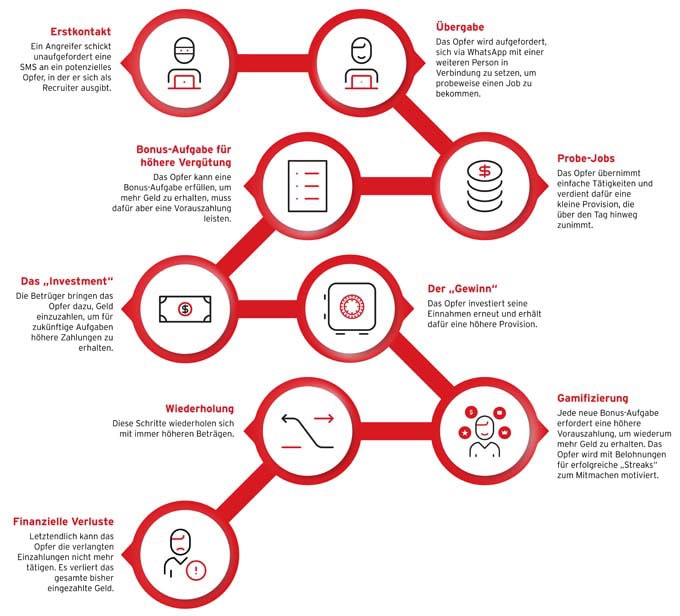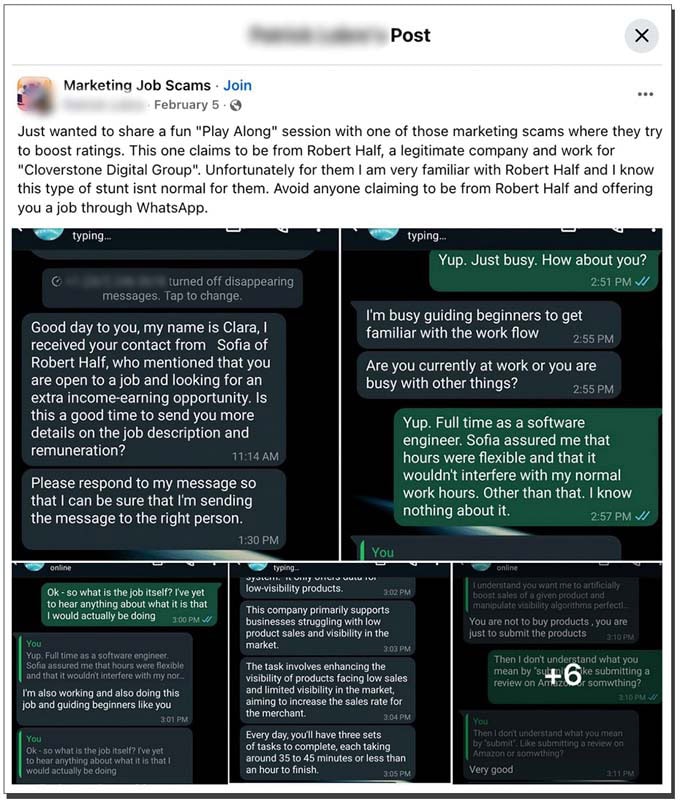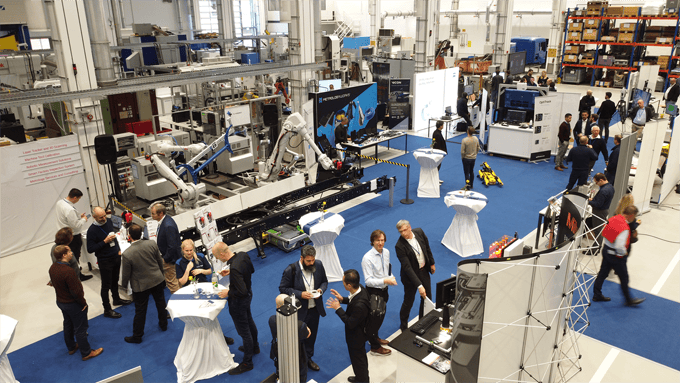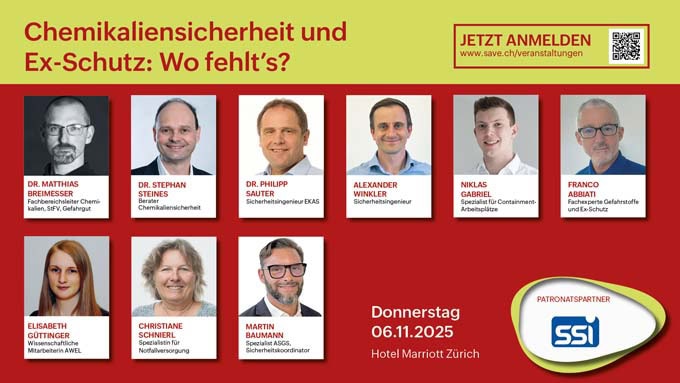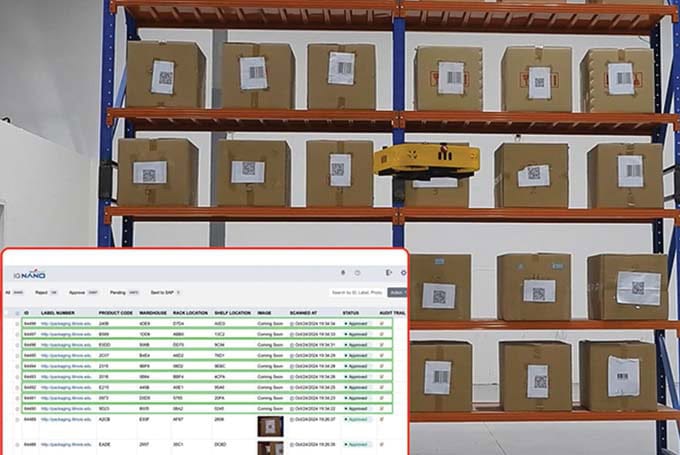Why companies rely on AI agents
Away from the hype, AI agents are establishing themselves as the real driving force behind the digital transformation of companies. 2025 will probably be remembered as the year of AI agents.
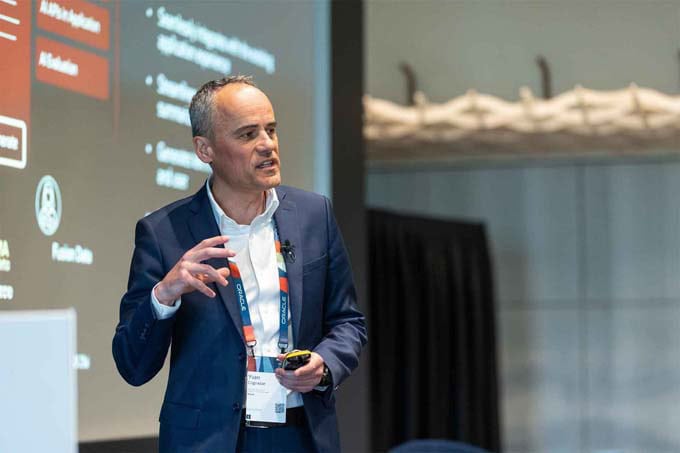
According to Deloitte, one in four companies already using generative AI will test AI agents in pilot projects or proofs of concept. This figure is likely to double by 2027. In Switzerland, particularly in the financial sector, this development is already in full swing. But the challenges are real: outdated systems, inadequate data quality and a shortage of specialists are still slowing down some projects. The companies that will be successful are those that integrate AI into their strategy, invest in modern interfaces and provide their teams with targeted training. Why are AI agents winning over more and more organizations? Here are the reasons.
1. automate in order to focus on value creation
AI agents execute complex business processes quickly, precisely and consistently. They take on repetitive tasks - from document processing to real-time analyses - and enable the complete automation of certain workflows. Example: The onboarding of suppliers or logistics partners, which used to be done manually, can now be fully automated. The agents analyse documents, standardize them and generate inquiries, invoices or payment orders within seconds - ready for approval. The result: more time for strategic, creative and interpersonal tasks. Capgemini estimates that 64 % of companies are aiming for exactly this effect, and BCG predicts up to 60 % productivity gain in the long term.
2. a personalized experience for All employeesn offer
AI agents are not rigid: they adapt to roles, contexts and preferences in order to provide individual support. Some concrete examples:
- In HR: An agent helps employees to update their rights, benefits or personal data after a marriage or birth.
- In sales: An agent creates dynamic customer profiles with history, sentiment, contract status and generates personalized e-mails that can be sent immediately.
The result: higher individual productivity and a better employee experience.
3. promote human-machine collaboration
In the future, multiple AI agents will collaborate with each other and with humans to solve complex problems and achieve common goals. In a networked environment (ERP, collaboration tools, CRM, etc.), this intelligent cooperation paves the way for finer, contextual automation - and more job satisfaction. It is the transition from incremental improvements to real business transformations.
4. increase resilience and competitiveness
Using AI agents today means preparing for the future. Every project launched strengthens the culture of innovation, increases digital maturity and creates sustainable value. Waiting probably means widening the gap with the competition. Taking action means creating a competitive advantage based on performance and agility.
Conclusion: The time of isolated experiments is over. AI agents are redefining work, processes and collaboration. Companies that focus on a structured, mature and well-managed AI strategy now will benefit in the long term. Now is the time to turn technological momentum into a real business lever.
To the author:
Yvan Cognasse is Head of Enterprise Architects, Continental Europe, at Oracle.








